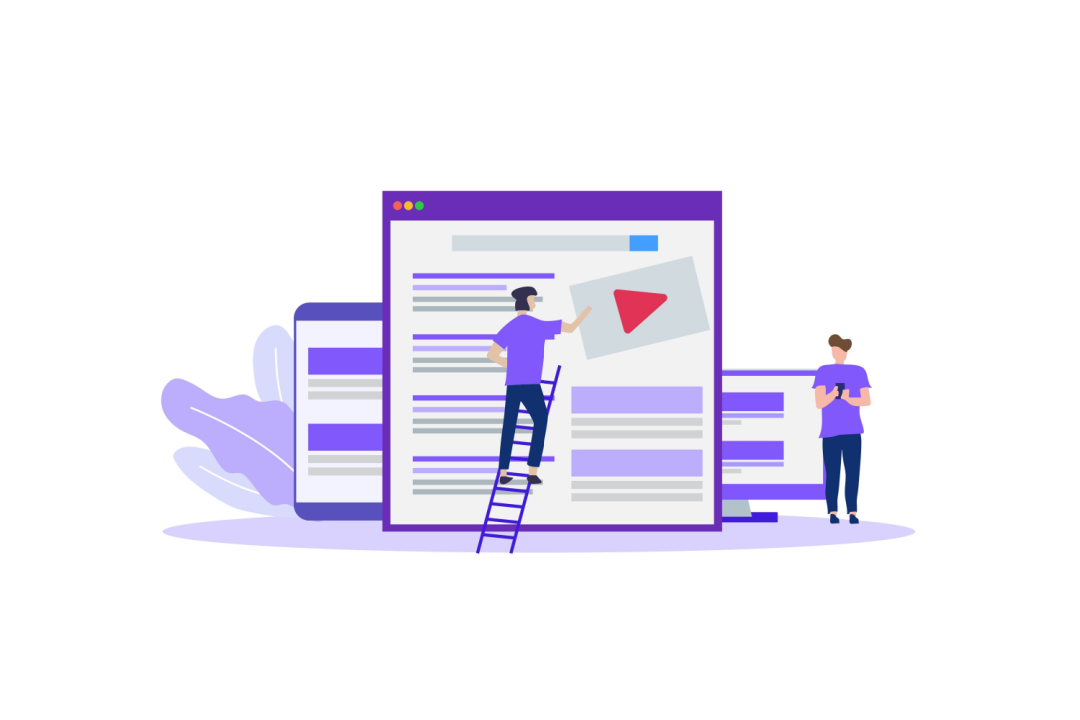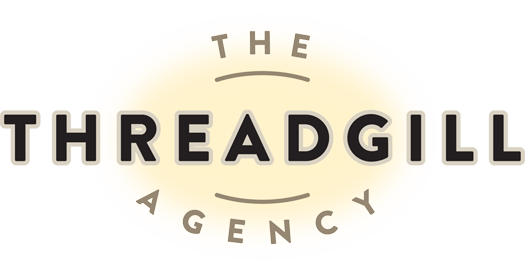
14 Oct How Engaged View Conversions Impact Your Brand and Billing
Your video ad campaigns are running along smoothly, but all of a sudden you notice an uptick in performance. Way to go! The reason may be Google now measures Engaged-View Conversions (EVCs) for Display ad campaigns, which launched in mid-July.
Your savvy marketing efforts are finally getting credit that doesn’t require click-throughs to your website or immediate actions within an app. We’ll explore EVCs, how these conversions positively impact your brand, and the billing changes on the horizon.
EVCs: How They Work
As defined by Google: “Engaged-view conversions are counted when a user watches at least 10 seconds of a skippable in-stream ad (or watches the entire skippable in-stream ad, if it’s shorter than 10 seconds) and then converts within the engaged-view conversion window.”
Especially true of YouTube, ad watchers typically don’t click on an ad while viewing other content. But they may watch the ad for 10 seconds, take note of the brand, then go to the website or app three days later. What campaigns are collecting EVC data? For now, Google says, Display campaigns (newly added in July), App campaigns, and Video campaigns (TrueView for actions and Video action campaigns).
Default conversion windows, or timelines, vary depending on the type of ad: Video action and TrueView for action (3 days), Display (3 days), App Install (2 days), and App Engagement (1 day). But, the good news is, your window can be increased within certain limits. Simply go to your Google Ads Measurements under tools and settings, Conversions, Conversion action, and select your campaign. For a quick tutorial on adjusting your conversion window, watch this video by Solutions 8.
Click-through conversions will still be captured by separate reporting from EVCs, as well as combined data. You may discover more than half of your conversions are from EVCs. Beyond Display ads, responsive display ads are an easy, less labor-intensive way to get your message out. Simply upload your images, logo, headline, and text, then Google generates ad combinations for the masses.
EVCs Billing and Attribution
These beefed-up metrics mean more accurate data regarding where your conversions originate from. As a result, you probably received an email from Google last month informing you that EVCs now count as attributed conversions, which will impact billing.
Google’s email informs advertisers, “With this change, we will attribute conversions not only to clicks as we did before, but also engaged views. The billing will reflect a similar change.” Your conversions may increase, as well as your ad costs. The updates will start rolling out for Display campaigns in November 2022, with no action required by you. But experts suggest monitoring your performance and bids.
Benefits of Knowing Your EVCs
Engaged-View Conversions are good for business, offering improved metrics on the value videos bring to your marketing strategy. According to Paid Media Pros, the benefits of EVCs include:
- Building awareness
- Introducing new products
- Reminding users about your brand.
If you want to create effective campaigns and track the impact of your videos, contact The Threadgill Agency today.
